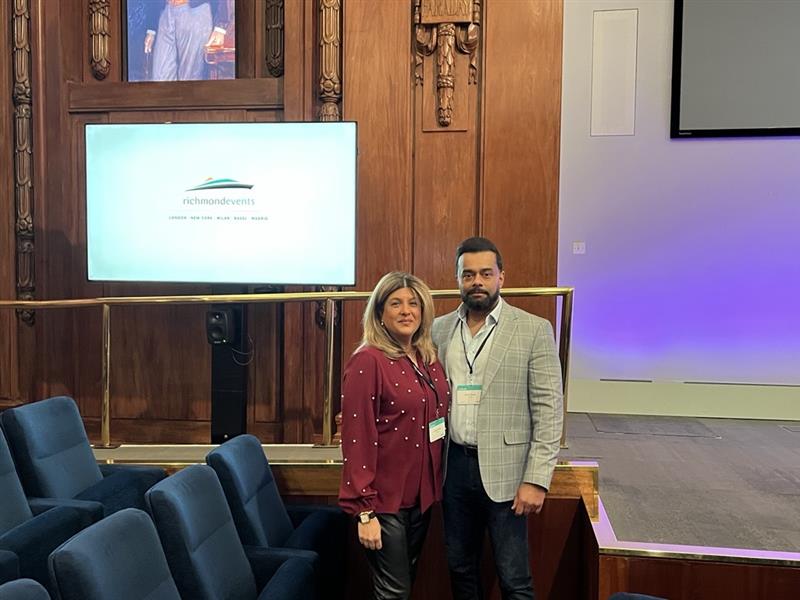
Kurt Lewin’s Change Management Model remains one of the most enduring and effective frameworks for navigating business change – especially now, where digital transformation is constant rather than occasional.
Whether it’s adopting new technologies, restructuring teams, or embedding agile methodologies, businesses must evolve continuously to stay competitive. Yet, despite the urgency, many change initiatives fail due to poor planning, resistance, or lack of leadership alignment.
Developed by psychologist Kurt Lewin in the 1940s, this simple yet powerful model offers a structured approach to help leaders guide their teams through change with clarity and confidence. Its relevance has only grown in the age of digital transformation, where leadership agility and strategic communication are critical.
In this article, we’ll answer key questions like:
- What is Lewin’s Change Management Model?
- What are the three stages in Lewin’s Change Management Model?
- How can CTO/CIOs and senior leaders apply it to digital transformation?
- How do leadership apprenticeships support change readiness?
What Is Lewin’s Change Management Model?
Lewin’s Change Management Model is a three-step process designed to help organisations manage change effectively. It’s based on the idea that change involves a transition from one state to another, and that this transition must be carefully managed to ensure success.
The model breaks change down into three distinct stages:
- Unfreeze
- Change (or Transition)
- Refreeze
Each stage represents a critical phase in the journey of transformation, from preparing people for change to embedding new behaviours and systems.
What Are the Three Stages in Lewin’s Change Management Model?
1. Unfreeze: Preparing for Change
The first stage is about breaking down the status quo.
Before any change can happen, people need to understand why it’s necessary. This involves challenging existing beliefs, behaviours, and processes, and creating a sense of urgency.
Key actions in the Unfreeze stage:
- Communicate the need for change clearly and consistently.
- Engage stakeholders early to build trust and buy-in.
- Identify barriers to change, such as cultural resistance or skill gaps.
Example in practice:
A CTO preparing to implement a new cloud infrastructure might use this stage to highlight the limitations of legacy systems, share data on performance issues, and involve technical teams in early planning discussions.
2. Change: Implementing the Transformation
Once the company is unfrozen, it’s time to introduce new ways of working. This is the most dynamic phase, where new processes, technologies, and behaviours are rolled out.
Key actions in the Change stage:
- Provide training and support to help people adapt.
- Encourage collaboration and feedback.
- Monitor progress and adjust plans as needed.
Example in practice:
During a digital transformation, leaders might introduce agile workflows, train teams in new software tools, and create cross-functional squads to drive innovation.
3. Refreeze: Embedding the New Normal
The final stage of Lewin’s change management model is about stabilising the organisation after the change. It’s one thing to implement new systems, but the best leaders must ensure they stick.
This involves reinforcing new behaviours, celebrating successes, and aligning policies and culture with the new direction.
Key actions in the Refreeze stage:
- Recognise and reward adoption of new practices.
- Update documentation, KPIs, and performance metrics.
- Continue leadership development to sustain momentum.
Example in practice:
After rolling out a new data analytics platform, a CTO might embed data-driven decision-making into team goals, promote internal champions, and integrate analytics into leadership training.
Why Lewin’s Model Still Matters in 2025
Despite being over 80 years old, Lewin’s model remains highly relevant, especially in the context of digital transformation. Its simplicity makes it adaptable to complex environments, and its focus on human behaviour aligns perfectly with modern leadership challenges.
For CTOs and senior leaders, Lewin’s model offers a clear roadmap for managing change in a way that’s inclusive, strategic, and sustainable.
How Leadership Apprenticeships Support Change Management
At Instep UK, we believe that successful transformation starts with capable, confident leaders. Our Business Change Excellence Level 4 apprenticeship is designed to equip professionals with the tools to lead change using models like Lewin’s.
Key competencies developed:
- Change readiness and stakeholder engagement
- Strategic planning and communication
- Agile leadership and digital fluency
By embedding Lewin’s principles into our programmes, we help businesses build a change-ready workforce; one that can unfreeze, change, and refreeze with agility and purpose.
Future-Proof Your Business
Lewin’s Change Management Model is a timeless guide for navigating the complexities of business change.
In an era defined by rapid innovation and digital disruption, leaders must be equipped not just with technical skills, but with the ability to manage change effectively.
Whether you’re a CTO leading a tech overhaul or an HR leader driving cultural transformation, Lewin’s model offers a proven path forward.
And with the right leadership development, like Instep UK’s Business Change Excellence apprenticeship programme, you can ensure that change is delivered with confidence.


